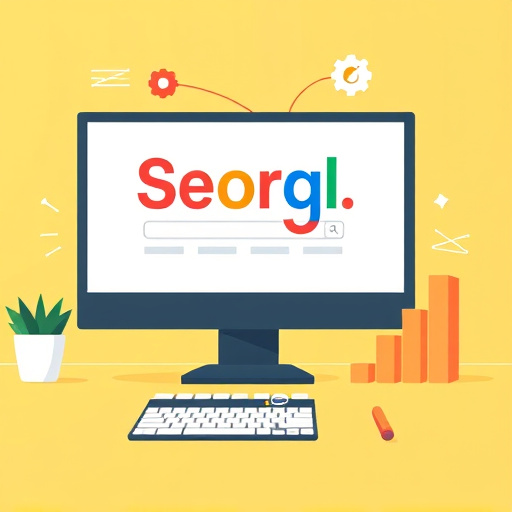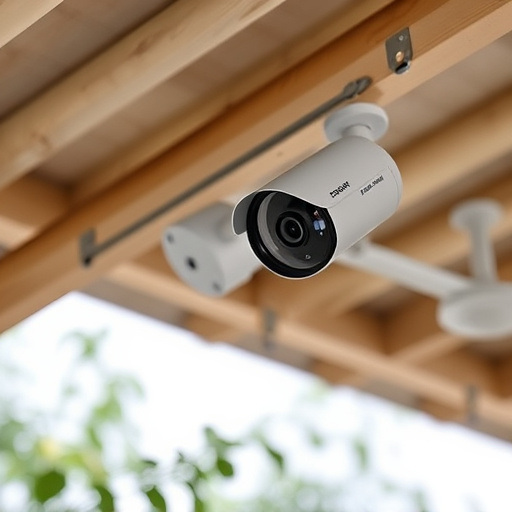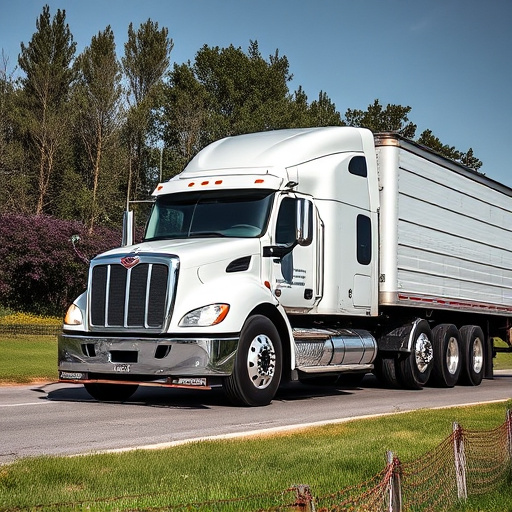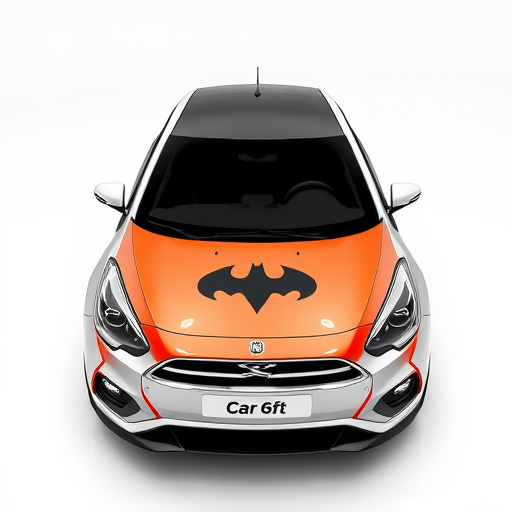TL;DR:
Customers today base purchasing decisions on perceived value, not just price. This includes factors like quality, features, and social influences. In the automotive industry, competitive pricing for services like paint correction & detailing is crucial for gaining market share and customer loyalty. Achieving a balance between profitability and competitive pricing requires close monitoring of market trends and customer preferences. Strategically priced services, such as vinyl wraps, can attract clients and foster brand loyalty without sacrificing long-term financial stability.
Competitive pricing is a powerful tool that significantly shapes customer buying behavior. In today’s market, understanding how consumers perceive value is crucial for businesses aiming to gain an edge. This article explores the intricate relationship between competitive pricing and customer decisions, delving into three key aspects: customer perception of value, its impact on market share and sales strategies, and the delicate balance between profitability and competitive pricing dynamics.
- Understanding Customer Perception of Value
- The Impact on Market Share and Sales Strategies
- Balancing Profitability with Competitive Pricing Dynamics
Understanding Customer Perception of Value

Customers don’t just buy products or services based on price; they also consider the value they perceive. Understanding customer perception of value is crucial in setting competitive pricing strategies. In today’s market, where information is readily available, consumers are more equipped than ever to compare offerings and make informed decisions. Thus, businesses must ensure their pricing aligns with the perceived quality, features, benefits, and exclusivity of their products or services.
This perception isn’t just about the base cost; it includes psychological factors such as what similar products in the market command, past experiences with brands, and even social influence. For instance, a consumer may be willing to pay a premium for a high-quality paint correction service compared to a basic wash, especially if they value their vehicle’s protection and professional PPF (Paint Protection Film) installation. This perceived value drives purchasing decisions, making it an essential aspect for businesses to master in their competitive pricing strategies.
The Impact on Market Share and Sales Strategies

Competitive pricing has a profound impact on market share and sales strategies for businesses, particularly in the automotive industry where vehicle protection, paint correction, and automotive detailing services are sought after. When companies offer competitive rates for their products or services, it acts as a powerful magnet, attracting customers who are price-conscious but still value quality. This strategy often leads to increased sales volume, as consumers are more likely to make purchases when they perceive great value.
In the context of automotive services, a business that provides top-notch vehicle protection and detailing at competitive pricing can quickly gain a significant market share. Customers looking for ways to enhance their car’s appearance and protect its finish will be drawn to these services if they offer excellent quality at an affordable price point. This can lead to not only higher sales but also loyal customer retention, as satisfied clients are more inclined to return for future vehicle care needs.
Balancing Profitability with Competitive Pricing Dynamics
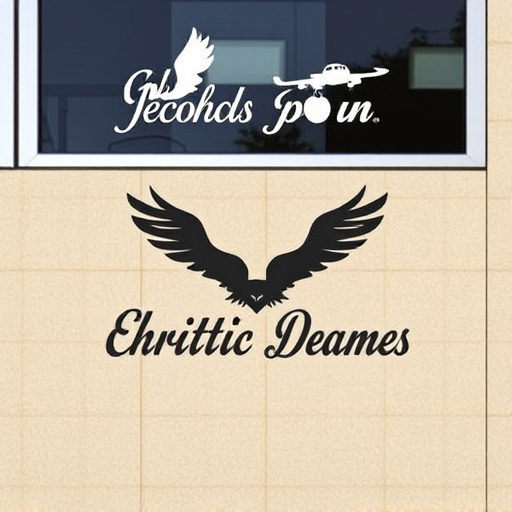
In the competitive landscape of modern retail, balancing profitability with dynamic competitive pricing is a delicate art. Businesses must continually assess market trends and customer demands to ensure their pricing strategies remain both attractive and sustainable. This balance is crucial, as offering prices that are too high can deter customers, while prices that are too low might erode profit margins.
For instance, in industries like automotive customization, where products like vinyl wraps and heat rejection technologies are in demand, businesses must consider the value proposition of these services. Offering competitive pricing for scratch protection and similar add-ons not only attracts customers but also fosters brand loyalty. However, maintaining profitability requires a strategic approach, focusing on efficient production processes and optimized resource allocation to meet market expectations without compromising long-term financial health.
Competitive pricing is a powerful strategy that significantly shapes customer buying behavior. By understanding consumer perception of value, businesses can effectively navigate market dynamics and enhance their sales strategies. While it drives market share, balancing profitability with competitive pricing is essential to long-term success. This delicate equilibrium ensures sustainability and fosters customer satisfaction in today’s price-conscious landscape.

